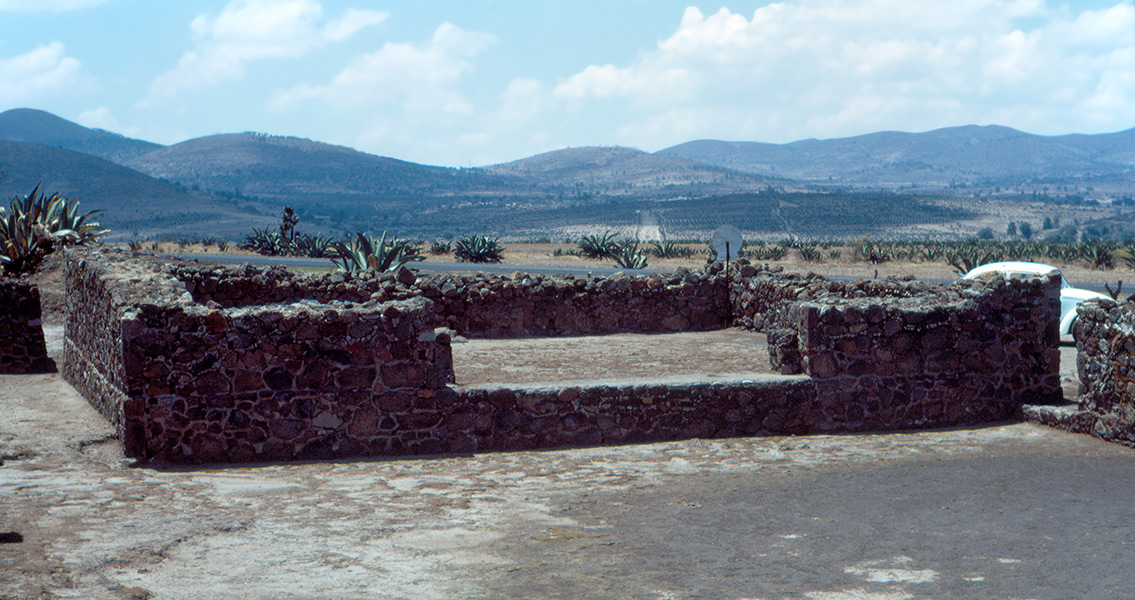<![CDATA[New evidence has emerged in the wake of an excavation of a Mexican archaeological site that several hundred conquistadors were captured in the early sixteenth century by Aztecs, with the expectation that the Spanish colonialists would stay for dinner – as the main course. The Zultepec-Tecoaque dig site, located in the state of Tlaxcala, had once been home to the Acolhuas, an indigenous people that were violently opposed to the Spanish invasion forces led by Hernán Cortés. The famous explorer had arrived in force in 1519 with a mixed group of Spanish foot soldiers and conquistadors as well as South and Central American allies from the Maya and other indigenous populations. In 1520, Cortés and his retinue of around 550 individuals were en route to Tenochtitlan to aid in quashing a rebellion in the region. While Cortés rode ahead, the rest of the caravan was attacked and captured by the Acolhuas, along with their accompanying livestock. The captives were kept over a period of several months where they were systematically sacrificed and eaten alongside their livestock, save the pigs – the remains of the animals were found at the bottom of a well in the area, indicating that the Acolhuas refrained from eating pork. According to a statement released by the Mexican Institute of Anthropology and History, the discoveries made during the excavation included the remains of Cortés’ caravan members, complete with evidence of being sacrificed in several different rituals over at least half a year, judging by the Aztec calendar. These rituals were specifically meant to ward off strangers in the vicinity of Zultepec-Tecoaque, according to Enrique Martinez, one of the leaders of the excavation. The research team, which was also led by Ana Maria Pacheco Jarquín, as well as Martinez, discovered that those living in the village did their best to conceal the fact that they had captured and were harboring hundreds of foreigners by disposing of objects foreign to the region – like the pigs – into a local well. However, the actions of the Acolhuas were eventually discovered by Cortés, who had the village razed in retaliation, according to the university. The Spanish destruction of Tecoaque led to a mass killing of many of the villagers, though there were some that fled. The archaeological team found one house within the village that had been filled with ceramics pre-dating the Hispanic colonization of the region; all the artifacts had been fragmented – clear evidence of a rushed abandonment; the population, for some unknown reason, had decided to concentrate all their ceramics in this one particular space. The archaeologists said that during the fall of Tecoaque the walls of the building collapsed, covering the shards for hundreds of years until they were re-discovered. The site has been under nearly constant excavation since the early 1930s, though it has only been recently that the evidence of the villagers hiding any proof of their captives has been found. Image courtesy of Wikimedia Commons user: HJPD ]]>
Evidence Emerges that Conquistadors “Stayed for Dinner”
